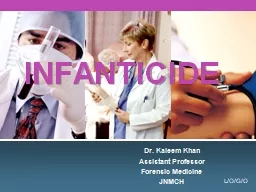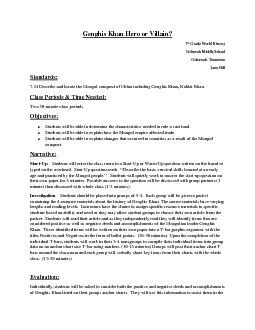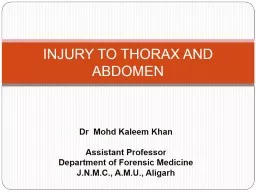PPT-Dr. Kaleem Khan Assistant Professor
Author : amelia | Published Date : 2022-05-31
Forensic Medicine JNMCH INFANTICIDE Definition Infanticide Killing infant birth to 12 months Feticide Killing fetus any time before birth Filicide Deliberate
Presentation Embed Code
Download Presentation
Download Presentation The PPT/PDF document "Dr. Kaleem Khan Assistant Professor" is the property of its rightful owner. Permission is granted to download and print the materials on this website for personal, non-commercial use only, and to display it on your personal computer provided you do not modify the materials and that you retain all copyright notices contained in the materials. By downloading content from our website, you accept the terms of this agreement.
Dr. Kaleem Khan Assistant Professor: Transcript
Download Rules Of Document
"Dr. Kaleem Khan Assistant Professor"The content belongs to its owner. You may download and print it for personal use, without modification, and keep all copyright notices. By downloading, you agree to these terms.
Related Documents














